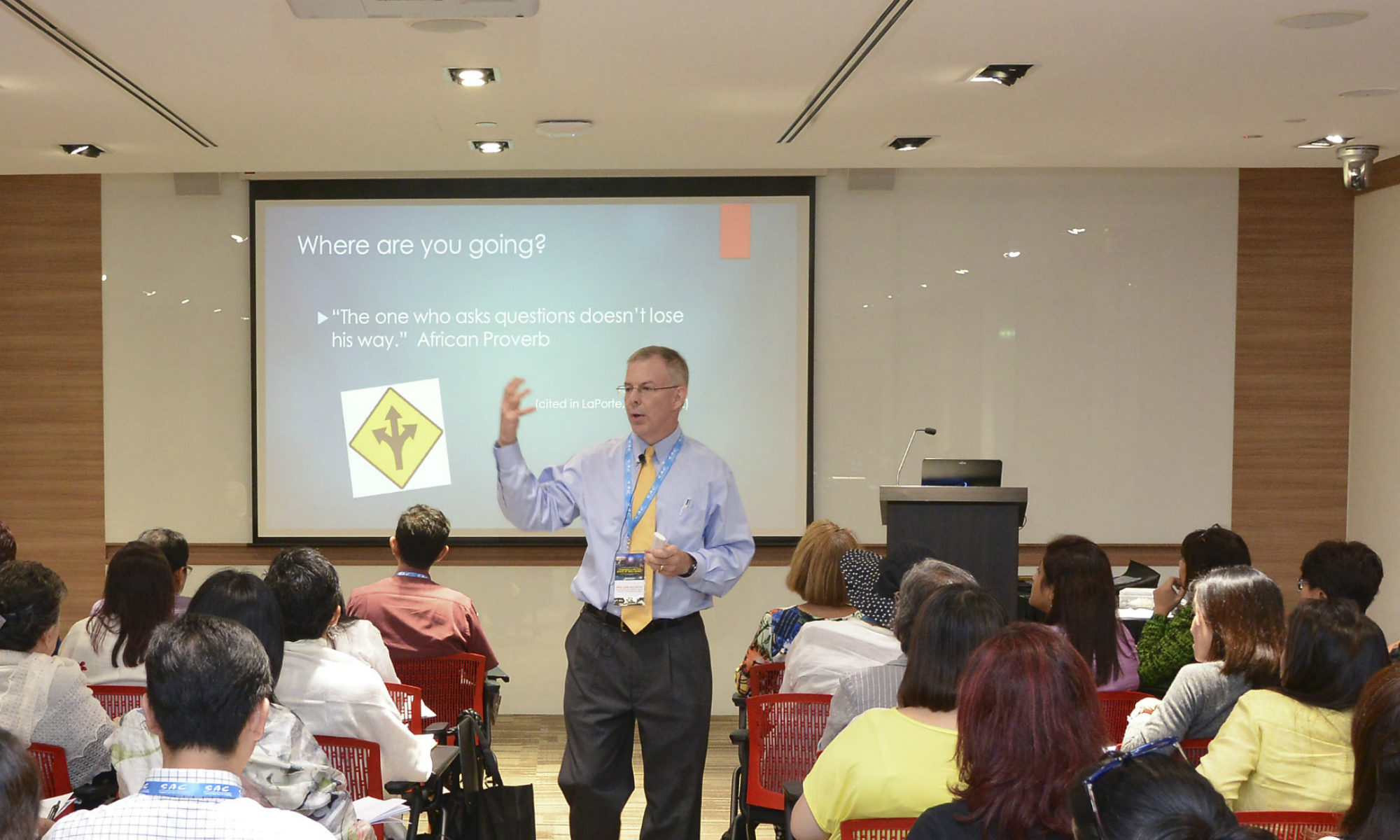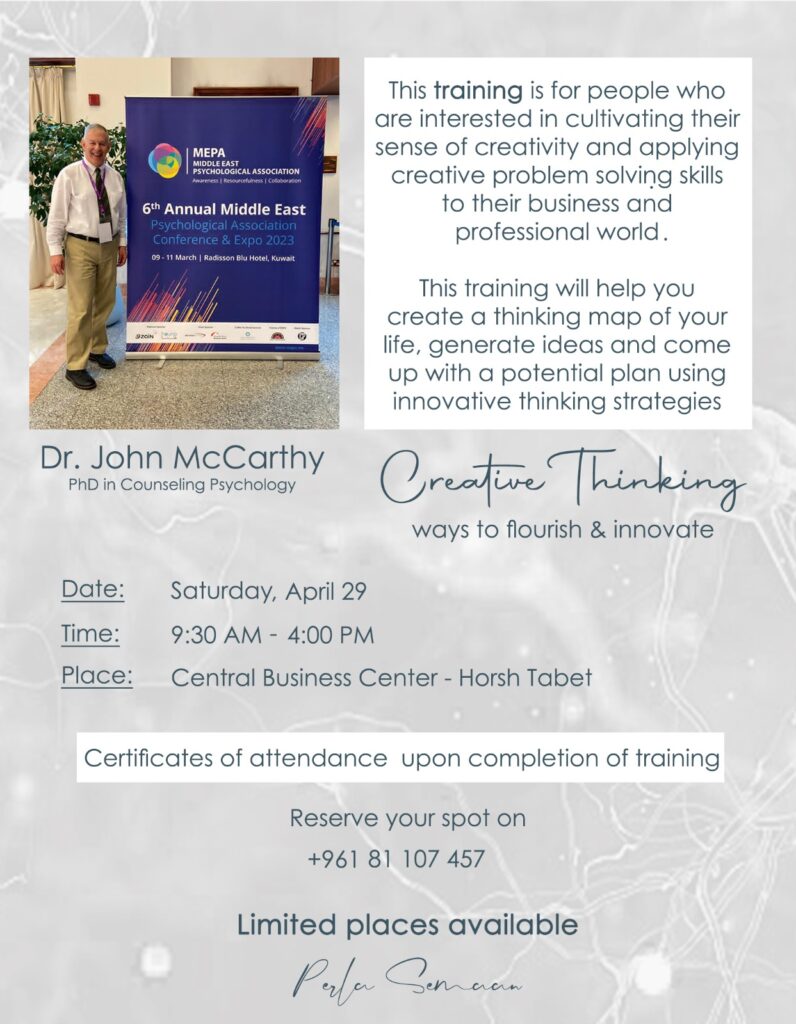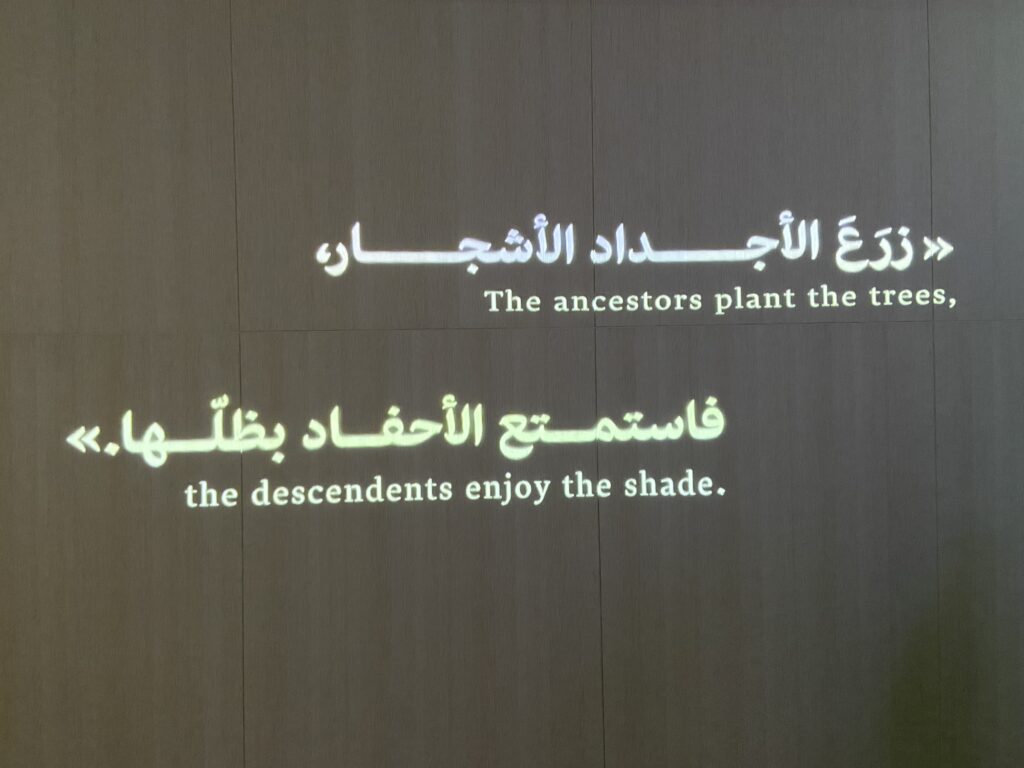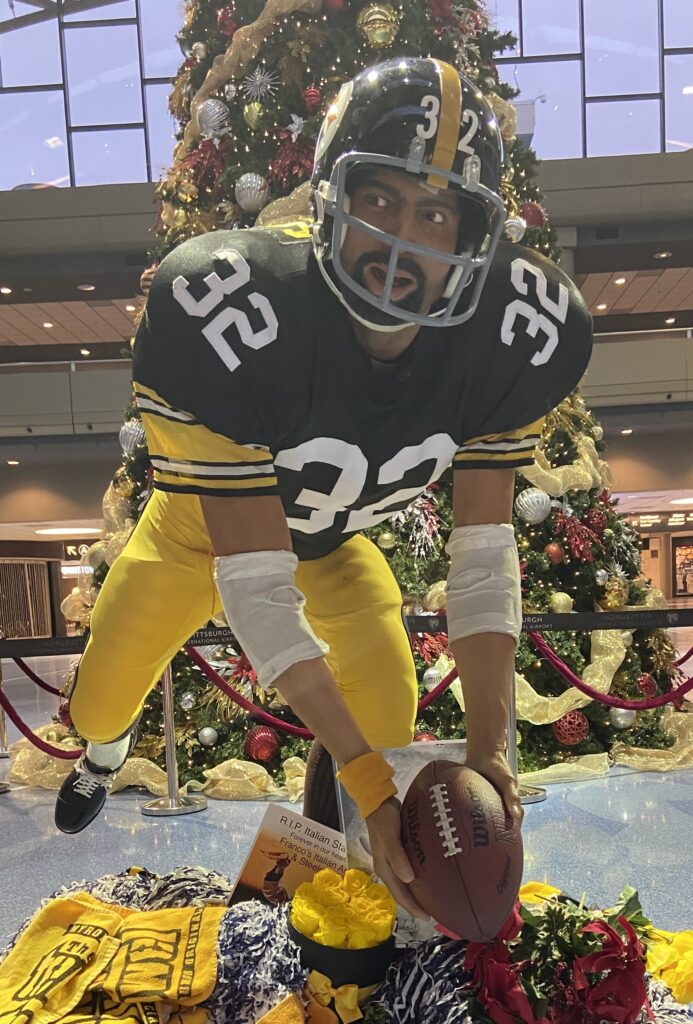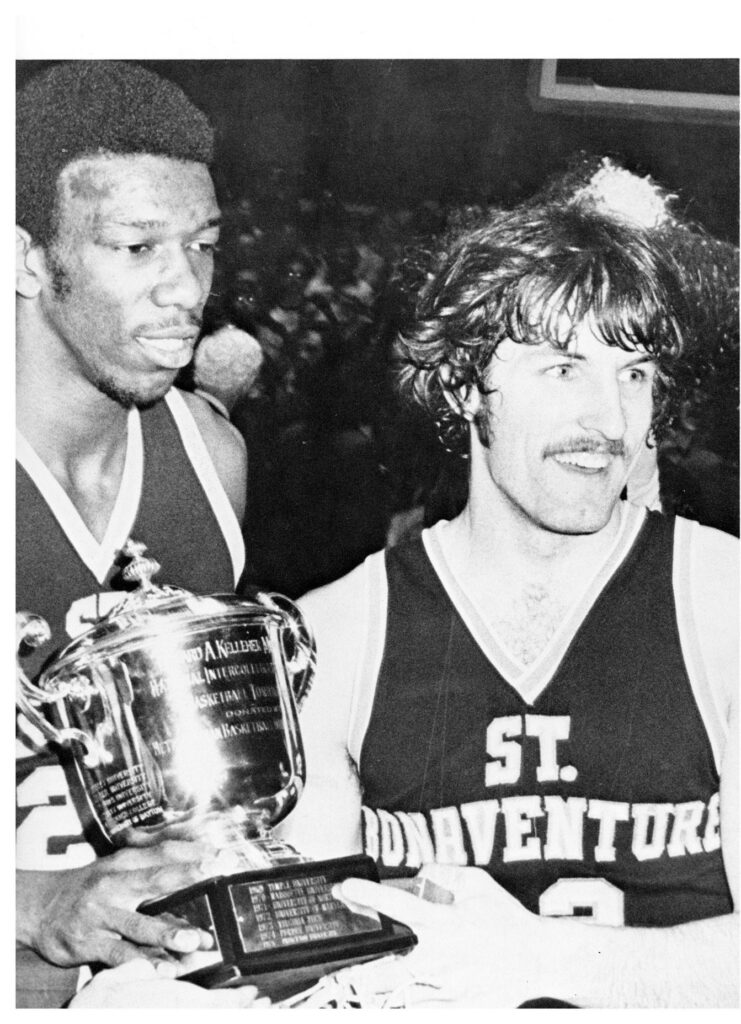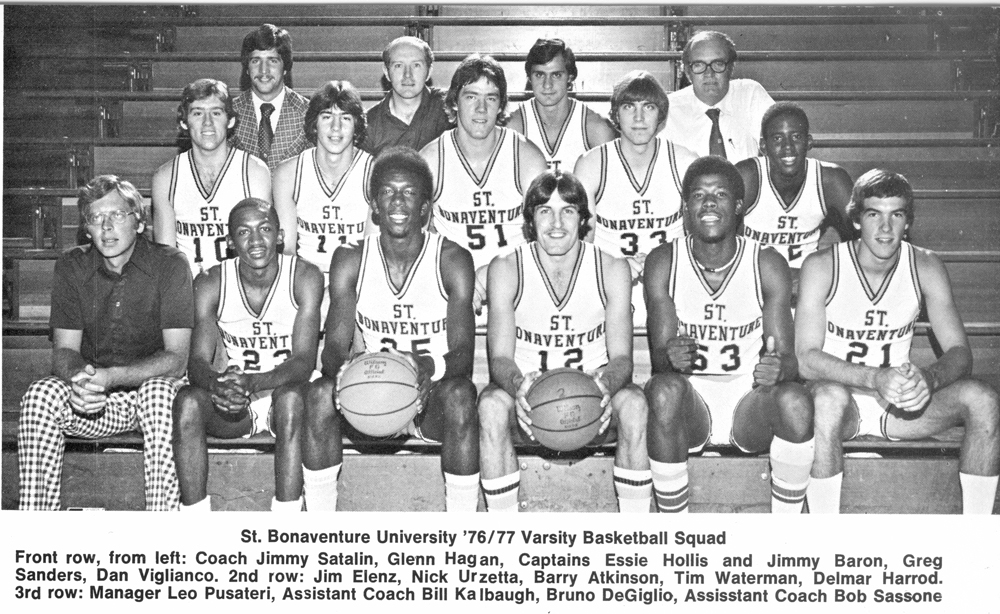
Image: geralt/Pixabay
I searched without success. Yes, I consulted the National Day Calendar, and it wasn’t there.
I’m saddened to tell you that you missed “National Talk Like Shakespeare” Day (April 23). Perhaps that news doth brings warm cheer to your heart. Ironically it was the same exact day as “National Take a Chance Day,” which presented an opportunity for the most reluctant to move out of their comfort zone.
But I couldn’t find it: National Bad Idea Day. I guess that it doesn’t exist.
The closest theme was International Day of Failure, an event sparked by students at Aalto University in Finland who reasoned that honoring failure would help entrepreneurs with their failure phobia and prompt more start-ups in the country. Started in 2010, the Failure Day has mistakenly—er, intentionally—caught on in 17 other countries.
Yet even International Day of Failure doesn’t capture what I was searching for. I’m seeking that day of failures that didn’t morph its way to success.
Take McDonald’s, for instance. In 2014, the restaurant chain tested bubble gum that tasted like broccoli. The idea didn’t sprout, but the rationale behind the attempt was clear. The idea, according to a chief executive at the time, was to encourage healthy eating among kids. However, the young tasters who tried the gum were confused by the taste. Mixing broccoli with gum didn’t match the success of pairing, say, peanut butter and chocolate.
Bad ventures like this need to be saluted in a National Bad Idea Day. I give credit to McDonald’s for some courageous thinking before being stopped by possible young bubble-blowing customers.
Dr. Tina Seelig (2009), the Director Emeritus of the Stanford Technology Ventures Program, described a “worst idea” exercise for classes to show the value of seemingly not-so-great ideas. After settling on a problem troubling a certain industry, such as attracting more customers to a theater, the groups of students develop a best idea and a worst idea for the challenge. To the shock of students, she shreds the collection of “best ideas” before directing them to take the “bad ideas” and transform them into good ideas.
The exercise points to possibilities. In her words, “This exercise is a great way to open your mind to solutions to problems because it demonstrates that most ideas, even if they look silly or stupid on the surface, often have at least a seed of potential” (Seelig, 2009, para. 5).
Planting that broccoli seed may be an invaluable idea in some way, enough so that it is not even mentioned on a National Bad Idea Day.
References:
National Day Calendar. (2023, April 23). What day is it? https://nationaldaycalendar.com/what-day-is-it/
National Today. (n.d.) International Day for Failure–October 13, 2023. https://nationaltoday.com/international-day-for-failure/
Picchi, A. (2014, November 14). Why McDonald’s created bubble gum-flavored broccoli. CBS News. https://www.cbsnews.com/news/why-mcdonalds-created-bubble-gum-flavored-broccoli
Seelig, T. (2009, August 13). The worst—I mean BEST—idea in the world. Psychology Today. https://www.psychologytoday.com/us/blog/creativityrulz/200908/the-worst-i-mean-best-idea-in-the-world
Yuko, E. (2023, February 7). 125 interesting facts about practically everything. Reader’s Digest. https://www.rd.com/list/interesting-facts/
